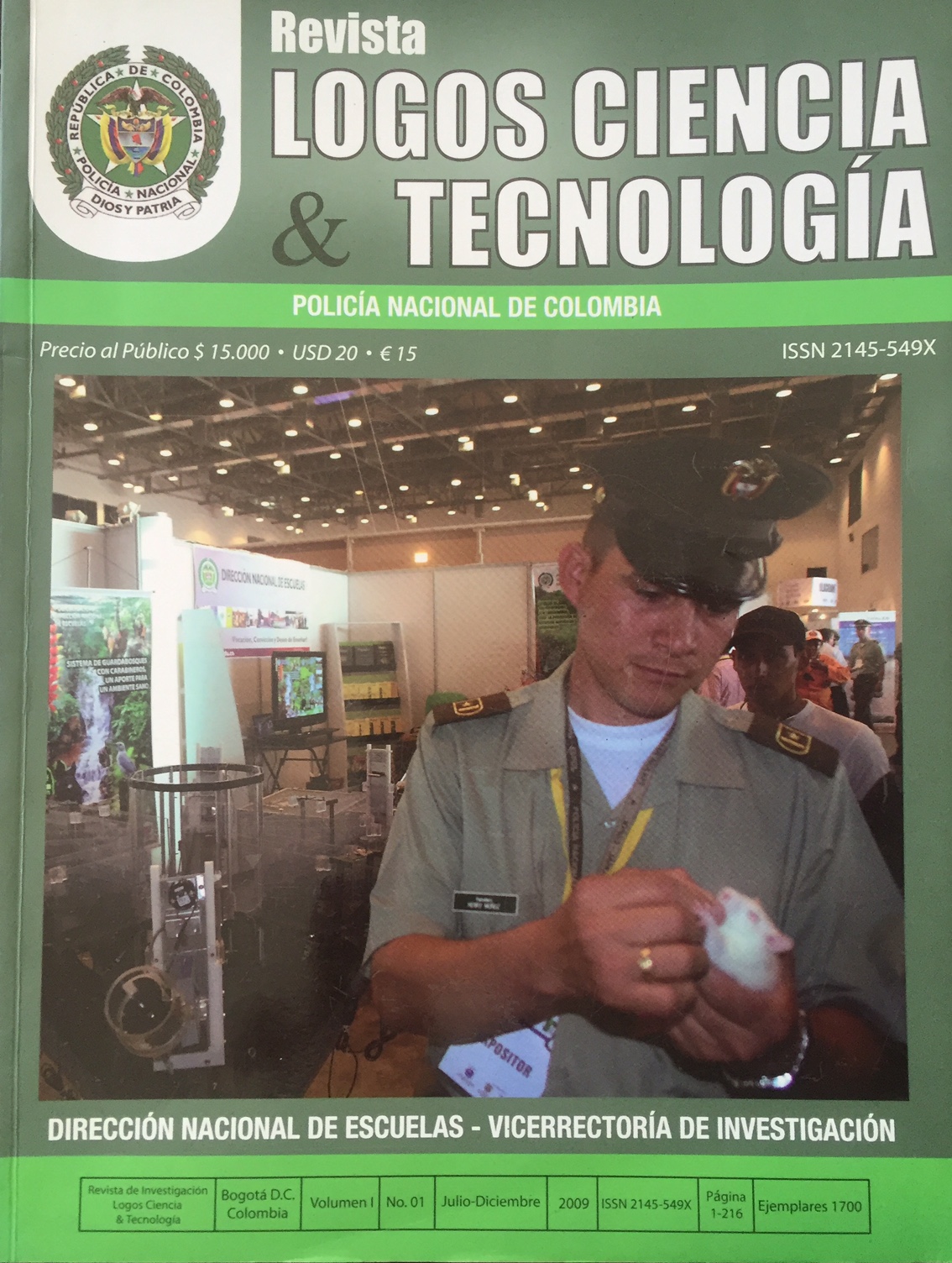Anaerobic bacterial infections: criteria for handling clinical and microbiological diagnostic procedures
DOI:
https://doi.org/10.22335/rlct.v1i1.40Keywords:
Anaerobes, anaerobic infections, anaerobic bacteriologyAbstract
The increase of infections with anaerobic bacteria, the resistance of these organisms to limited treatment options for the empirical data, and the recent and little knowledge we have about these bodies, leads the doctor not to suspect that it is in most cases, compared to a possible infectious agent which involves an anaerobic germ, delaying diagnosis and timely initiation of appropriate antibiotic therapy, explaining the sudden increase in morbidity and mortality, and the vulnerability of patients. This creates an urgent need in the hospitals to develop updated and standardize protocols, guidelines management of infections caused by anaerobic bacteria and consistent with available resources to secure and optimize the processes involved in search and retrieval of these demanding germs, and it will allow all the medical and paramedical staff proper management of these events in order to improve the service and the patient safety. The purpose of this study is to standardize an updated protocol of clinical and anaerobic bacteriology to unify the criteria for selection, collection and proper transportation of clinical samples, which ensures the viability of the specimen and the recovery of anaerobic organisms in order to obtain their identification and susceptibility to antibiotics.Downloads
References
ANNEKE, K. y otros (2008). A rare presentation of ventriculitis and brain abscess caused by Fusobacterium nucleatum. Journal of Medical Microbiology, 57, 668–671.
BRIAN C., P. y otros (2007). Controlled Clinical Comparison of BacT/ALERT Standard Aerobic and Standard Anaerobic Blood Culture Bottles Inoculated Directly or after Transport in Sodium Polyanethol Sulfonate Tubes. Journal of Clinical Microbiology, Vol. 45, No. 4.
CERCENADO, E. y CANTÓN, R. (2004). Bacterias anaerobias: Procedimientos en Microbiología Clínica. Recomendaciones de la Sociedad Española de Enfermedades Infecciosas y Microbiología Médica. SEIMC.
CITRON, D. M. y otros (2007). Bacteriology of Moderate-to-Severe Diabetic Foot Infections and In Vitro Activity of Antimicrobial Agents. Journal of Clinical Microbiology, , p. 2819–2828, Vol. 45, No. 9.
FORBER, B. Y SCOTT (2004). Diagnóstico Microbiológico. 11° Edición. Editorial Panamericana, pp. 337-369.
Inserto ATB ANA. Biomerieux.
JOUSIMIES-SOMER, H. R y otros (2002). Anaerobic Bacteriology Manual. Belmont, C.A.: Star Publishing Company.
KATJA, L. y otros (2006). Prevalence of Bacteroides and Prevotella spp. In ulcerative colitis. Journal of Medical Microbiology, 55, 617–624.
KEVIN, S. y otros (2008). Quantitative Survival of Aerobic and Anaerobic Microorganisms in Port-A-Cul and Copan Transport Systems. Journal of Clinical Microbiology, p. 2739–2744 Vol. 46, No. 8.
KONEMAN (2008). Diagnóstico Microbiológico: Texto y Atlas a color. 6 edición. Washington: Editorial Médica Panamericana, pp. 837-896.
LUKAS, F. y otros (2008). Is the Incidence of Anaerobic Bacteremia Decreasing? Journal of Clinical Microbiology, p. 2432–2434, Vol. 46, No. 7. Manual del Usuario Vitek 2. Biomerieux.
PICASO, J. (2003). Recogida, transporte y conservación de las muestras: Procedimientos en Microbiología Clínica. Recomendaciones de la Sociedad Española de Enfermedades Infecciosas y Microbiología Médica.
RAJASUOL, A. y otros (2004). Bacteremia Following Surgical Dental Extraction with an Emphasis on Anaerobic Strains. J Dent Res 83(2):170-174.
RONALD, M. (2004). Hankbook of microbiological media. Anaerobic Bacteriology Section 4.
TUNNEY, M. y otros (2008). Detection of Anaerobic Bacteria in High Numbers in Sputum from Pa tients with Cystic. Fibrosis Am J Respir Crit Care Med., Vol 177, pp. 995–1001.
Downloads
Published
Issue
Section
License
This journal provides free and immediate access to its content (https://creativecommons.org/licenses/by/4.0/legalcode#languages), under the principle that making research available to the public free of charge supports greater global knowledge exchange. This means that the authors transfer the Copyrights to the journal, so that the material can be copied and distributed by any means, as long as the authors’ recognition is maintained, and the articles are not commercially used or modified in any way.
































